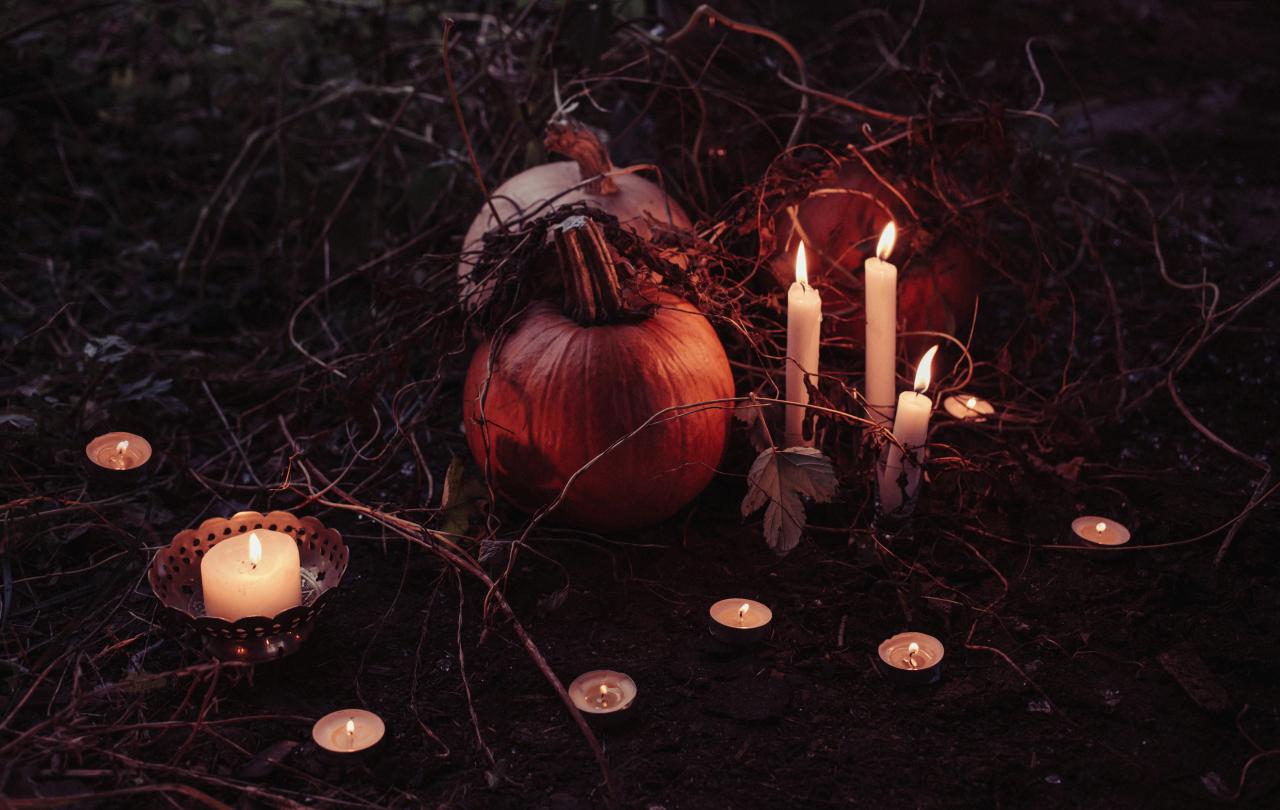Our obsession with this holiday - or at least someone’s obsession with this holiday - apparently knows no end. But why?
No doubt commercially it’s a great money-spinner. But can we read anything more into this growing obsession with Halloween? What does it say about the prevailing currents of our culture?
In the British Isles, at least, the tradition of a celebration marking the end of the harvest season finds its origin in the ancient Celtic festival of Samhain (pronounced ‘Sow-in’). The Celts, who populated what is now Ireland, Great Britain, and parts of Northern France, celebrated their new year from sunset on October 31st to sunset on November 1st. (Would that ours were so neatly packaged.)
Samhain marked the end of harvest and the start of winter, a time when the days grew shorter and colder. It was viewed as the transition from the light, fertile half of the year to the dark, barren half. But more than this, Samhain was believed to be a time when the boundary between the physical world and the spirit world was thinnest, allowing spirits (both good and bad) to pass through. Thus, it was a time for honouring ancestors and the dead, who were thought to return to their homes seeking hospitality. This ‘thinning of the veil’ also meant the increased presence of otherworldly beings like faeries (or worse), which could cause harm if not appeased. Offerings of food and drink were left out to ensure peace with them, too.
Some of the ways in which the festival of Samhain were held will be familiar to us today: large communal bonfires were lit (long before Guy Fawkes appeared on the scene); feasts were held in honour of ancestors; fortune-telling and divination were considered especially effective at this time; some traditions involved donning disguises and costumes in order to ward off and confuse harmful spirits; small food offerings were left out to placate wandering spirits. Livestock were often slaughtered ahead of the coming winter.
With the slow but inexorable conversion and Christianisation of the peoples of Britain from the late Roman period of the third and fourth centuries on into the early medieval period, this pagan festival marking the transition in the year from light to darkness evolved. Like many aspects of a pre-existing pagan culture, the festival of Samhain, under the influence of the Christian faith, was not expunged but rather, in the church’s eyes anyway, redeemed. In other words, the paganism of the British Isles was not so much swept away as swallowed up, and then re-constituted into something more overtly Christian, but with pre-existing cultural undertones still there.
So, Samhain became All Hallows’ Day or All Saints’ Day, celebrated on November 1st, which honours all the saints, both known and unknown, who have attained heaven. The first recorded evidence of its celebration in the West was in Rome in the early seventh century. By the mid-eighth century, it had spread to most of the Western Christian tradition. It provided a kind of catch-all celebration for the sainted dead, marked by special readings and prayers, and often the lighting of candles at gravesites or in churches, honouring deceased loved ones and saints. In terms of teaching, All Hallows’ Day emphasises the Christian belief in the communion of saints – the spiritual union of the living and the dead in Christ. You can see, perhaps, the same “thinness” of the veil between their otherwise separate worlds marked there.
G.K. Chesterton used to argue that, paradoxically, the most pagan thing still in the world is the Christian church. He understood that in the West at least, all of paganism - the awe and mystery which pagans once held towards the natural world - has been rolled up and retained in the traditions and rituals of the church. The festival of Halloween, for a long time anyway, seemed a particularly obvious case in point.
However, there is no doubt that in more recent decades, with the general waning of Christian faith and advance of secularism - at least in our outward expressions of culture, if not necessarily the inner convictions of our hearts – the surface veneer of Christian faith has rather sloughed off this festival of Halloween. And what we are left with is something more overtly pagan, and certainly more sinister.






